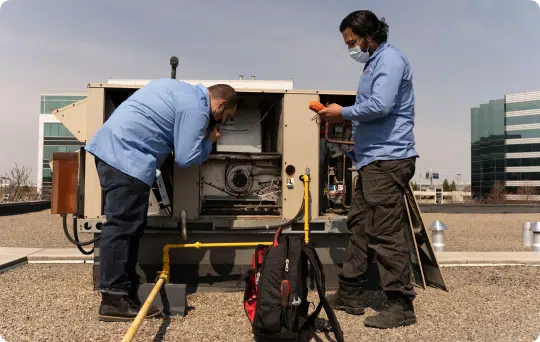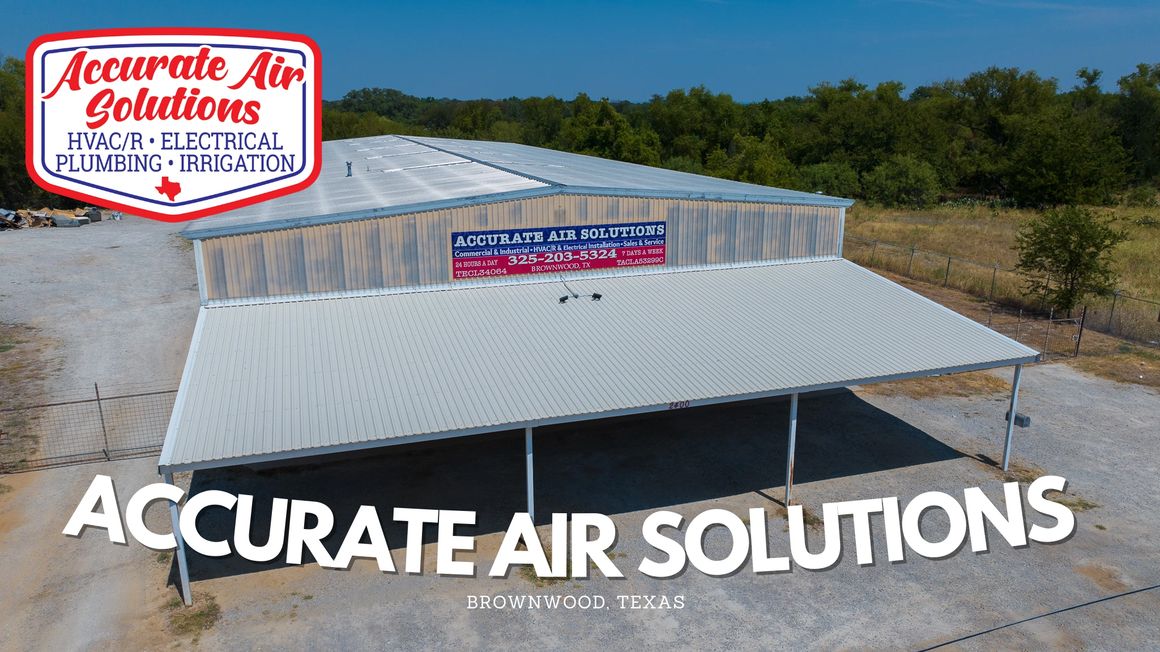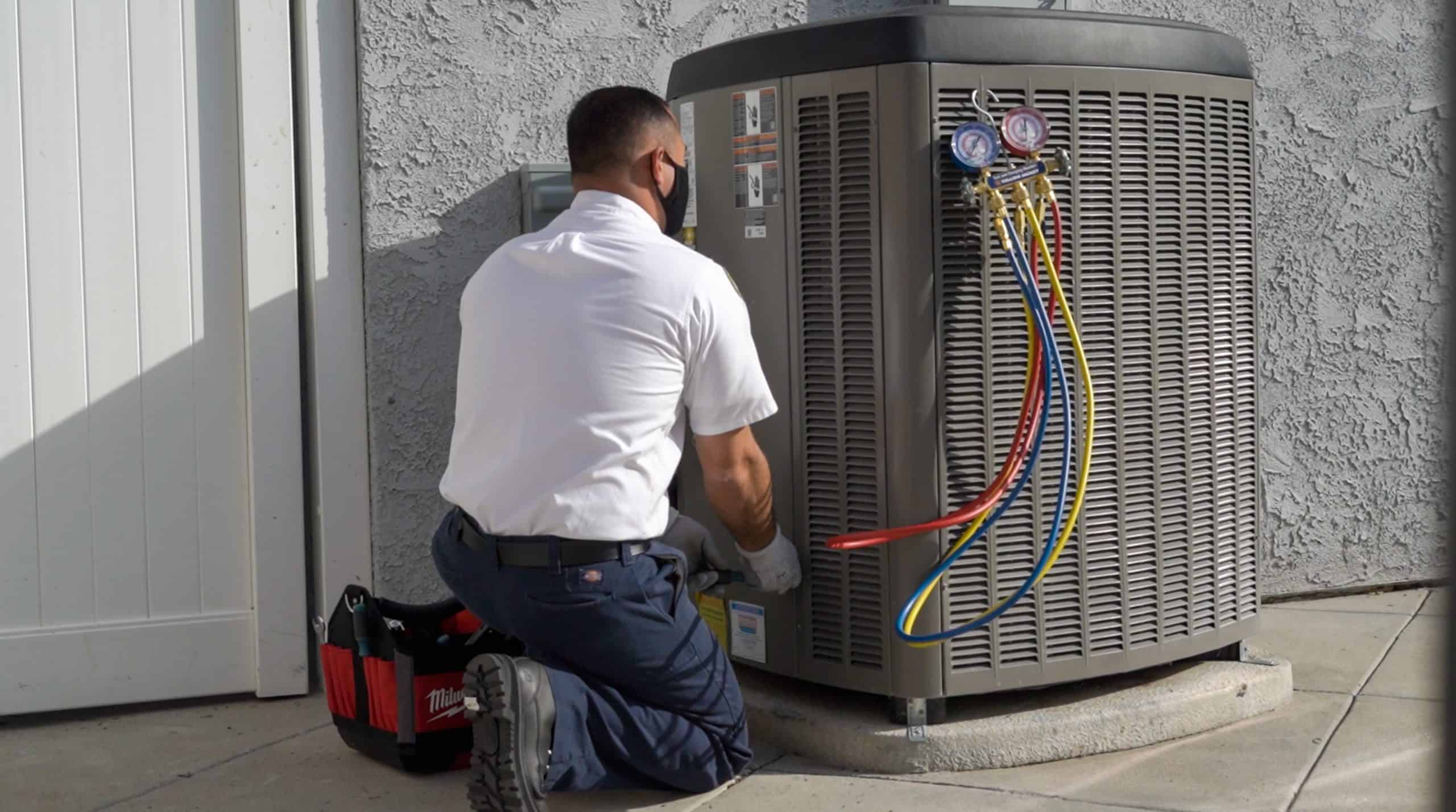The Significance of Cooling And Heating Installment: Secret Factors To Consider for a Comfortable Indoor Setting
The setup of a heating and cooling system is a vital component in achieving a comfy and energy-efficient indoor atmosphere. The process includes several nuanced factors to consider that go beyond simply picking a device off the shelf. Aspects such as the suitability of the system for certain structure needs, proper sizing to prevent inadequacies, and the proficiency of professionals for a quality installment play crucial duties. The adoption of sophisticated technologies can significantly boost system performance. Comprehending these complexities is just the beginning of ensuring optimum interior convenience. What are the crucial aspects that dictate effective HVAC application?
Selecting the Right System

When choosing a cooling and heating system, it is essential to evaluate the capability needed to efficiently warm or cool down the area without overworking the system, which can lead to increased wear and operational prices. Consulting with an expert cooling and heating professional can supply beneficial understandings into selecting a system that aligns with both the architectural design and the awaited usage patterns of the building.
In addition, taking into consideration the integration of smart modern technology can improve system monitoring and tracking, offering greater control and prospective price financial savings. By carefully assessing these variables, one can make certain the option of a HVAC system that not only satisfies prompt requirements but also adds to lasting functional sustainability and occupant convenience.
Recognizing Power Efficiency
Recognizing power effectiveness is crucial when taking into consideration a cooling and heating installation, as it directly affects both the ecological impact and the functional expenses of the system. High-efficiency a/c units are created to use less energy to attain the exact same level of comfort as less effective versions, therefore lowering energy expenses and advertising sustainability. The performance of an a/c system is normally shown by scores such as SEER (Seasonal Power Efficiency Ratio) for air conditioning system or AFUE (Annual Gas Usage Performance) for furnaces. Greater rankings signify greater effectiveness and reduced energy intake.

Spending in an energy-efficient a/c system not only translates to set you back savings yet additionally contributes positively to ecological conservation by lowering greenhouse gas discharges. Additionally, many jurisdictions use motivations or refunds for the setup of high-efficiency systems, further enhancing their monetary appeal.
When evaluating energy efficiency, think about sophisticated attributes such as variable rate motors, wise thermostats, and zoning capabilities. These developments enhance the system's capability to adapt to varying demand, therefore maximizing power use. It is essential to speak with cooling and heating specialists who can supply understandings right into the most effective alternatives customized to specific climate problems and use patterns, making certain maximum effectiveness and convenience.
Value of Correct Sizing

Alternatively, a small cooling and heating system will battle to reach the wanted temperature level, specifically throughout severe climate condition. This can lead to constant operation, causing greater energy costs and prospective getting too hot of system parts. In addition, insufficient sizing can navigate to this website cause inconsistent temperature level distribution, causing specific areas of a building to be as well cozy or as well amazing.
To achieve the right sizing, an extensive tons estimation is essential. This includes evaluating various aspects such as the building's square footage, insulation levels, home window types, and regional climate conditions. By precisely establishing the heating and cooling down demands of an area, a/c experts can advise systems that make certain effective operation, lowered power usage, and boosted interior comfort.

Making Certain Quality Installation
A seamless a/c installment is the foundation of a system's durability and performance. Making sure quality setup includes meticulous focus to detail, adherence to industry criteria, and using experienced specialists. The procedure begins with picking a seasoned and qualified cooling and heating contractor. This specialist need to have comprehensive expertise of varied systems and be adept at evaluating the details requirements of the structure.
Proper setup goes beyond plain positioning of equipment. It includes specific calibration to guarantee optimum air flow, efficient power intake, and consistent temperature level circulation. This includes accurate ductwork installation, ensuring connections are leak-free and secure, which is vital for keeping system performance and indoor air top quality.
Furthermore, the implementation of sophisticated analysis devices throughout setup can discover prospective issues early, avoiding expensive fixings and prolonging the life expectancy of the system. The professional must likewise guarantee that all parts are suitable and that the system follows local structure codes and laws.
Routine Upkeep Practices
Once the structure for a high-performing cooling and heating system is developed through top quality installation, the focus should move to routine upkeep methods to guarantee ongoing effectiveness and dependability. Regular maintenance not only extends the life expectancy of the system but additionally enhances interior air high quality, minimizes energy intake, and stops pricey fixings. Necessary upkeep jobs include consistently altering air filters, cleansing evaporator and condenser coils, their website and evaluating the system for leaks or obstructions.
Air filters should be replaced or cleaned each to three months, depending upon use and environmental aspects. This easy task can significantly improve air flow and system performance (Commercial HVAC contractor in Brownwood TX). Cleaning the evaporator and condenser coils avoids dirt build-up, which can prevent warm absorption and air conditioning ability. In addition, specialist technicians must check the system yearly, looking for cooling agent levels, electrical connections, and total system performance.
Interest to ductwork is also important; sealing and cleaning up air ducts regularly prevents air loss and contamination. Executing an upkeep timetable makes furnace service sure that small problems are attended to prior to they intensify, securing the system's functional honesty. By sticking to these upkeep techniques, home owners can enhance their HVAC system's capability and keep a comfy indoor environment year-round.
Final Thought
By selecting a suitable system customized to certain structure demands, comprehending power effectiveness, and guaranteeing correct sizing, ineffectiveness can be lessened. The participation of skilled specialists guarantees quality installment, while the assimilation of innovative technologies improves system performance and tracking.
A number of types of Heating and cooling systems are available, consisting of split systems, crossbreed systems, duct-free systems, and packaged home heating and air systems, each with distinctive advantages and restrictions.
Recognizing power performance is necessary when taking into consideration a HVAC setup, as it straight affects both the ecological footprint and the functional expenses of the system. The efficiency of a HVAC system is normally shown by rankings such as SEER (Seasonal Energy Efficiency Proportion) for air conditioners or AFUE (Yearly Fuel Usage Performance) for furnaces (Brownwood TX HVAC Contractor).As soon as the foundation for a high-performing Cooling and heating system is established with top quality installation, the focus should shift to routine upkeep methods to ensure continued effectiveness and dependability. In addition, professional service technicians should evaluate the system each year, examining for refrigerant levels, electrical links, and general system performance